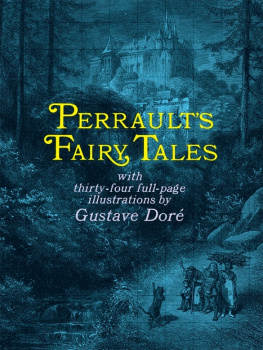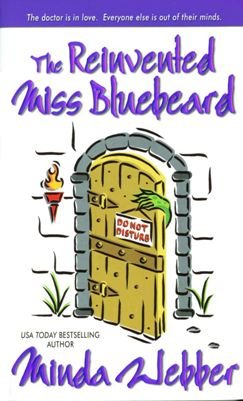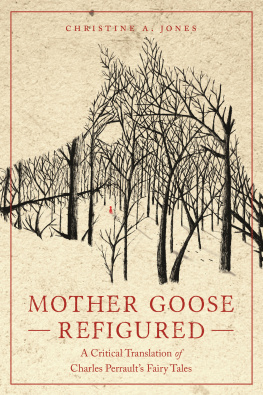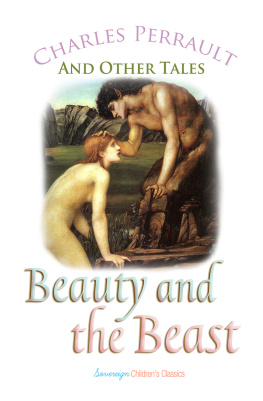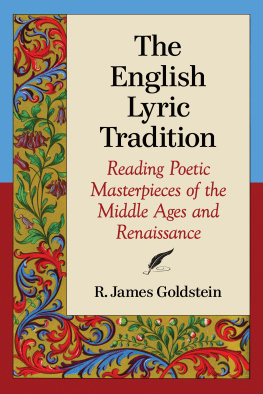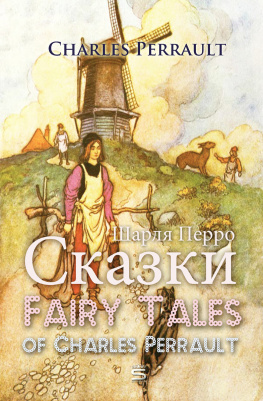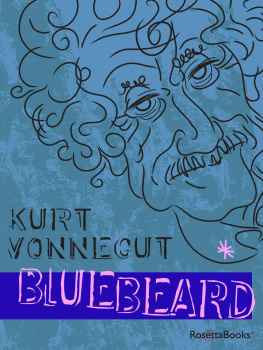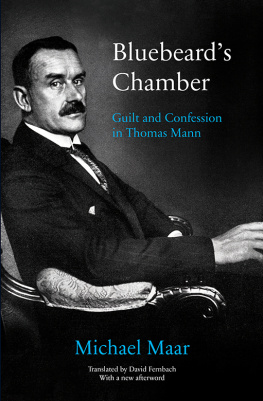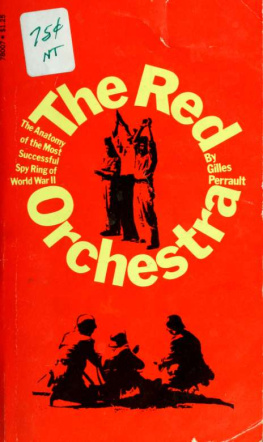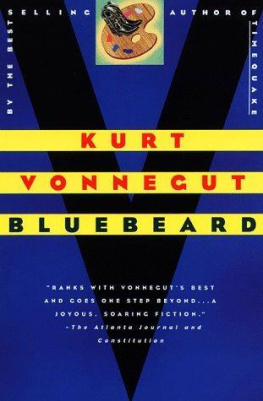Perrault Charles - Bluebeard: a readers guide to the English tradition
Here you can read online Perrault Charles - Bluebeard: a readers guide to the English tradition full text of the book (entire story) in english for free. Download pdf and epub, get meaning, cover and reviews about this ebook. City: Jackson;Miss, year: 2009, publisher: University Press of Mississippi, genre: Detective and thriller. Description of the work, (preface) as well as reviews are available. Best literature library LitArk.com created for fans of good reading and offers a wide selection of genres:
Romance novel
Science fiction
Adventure
Detective
Science
History
Home and family
Prose
Art
Politics
Computer
Non-fiction
Religion
Business
Children
Humor
Choose a favorite category and find really read worthwhile books. Enjoy immersion in the world of imagination, feel the emotions of the characters or learn something new for yourself, make an fascinating discovery.

- Book:Bluebeard: a readers guide to the English tradition
- Author:
- Publisher:University Press of Mississippi
- Genre:
- Year:2009
- City:Jackson;Miss
- Rating:3 / 5
- Favourites:Add to favourites
- Your mark:
- 60
- 1
- 2
- 3
- 4
- 5
Bluebeard: a readers guide to the English tradition: summary, description and annotation
We offer to read an annotation, description, summary or preface (depends on what the author of the book "Bluebeard: a readers guide to the English tradition" wrote himself). If you haven't found the necessary information about the book — write in the comments, we will try to find it.
Bluebeard: a readers guide to the English tradition — read online for free the complete book (whole text) full work
Below is the text of the book, divided by pages. System saving the place of the last page read, allows you to conveniently read the book "Bluebeard: a readers guide to the English tradition" online for free, without having to search again every time where you left off. Put a bookmark, and you can go to the page where you finished reading at any time.
Font size:
Interval:
Bookmark:
BLUEBEARD

Blue Beard: Adorned with Cuts. London: Printed for N. Hailes, Juvenile Library 1817. Courtesy of The Lilly Library, Indiana University, Bloomington.
A Readers Guide to the English Tradition
Casie E. Hermansson

www.upress.state.ms.us
Designed by Peter D. Halverson
The University Press of Mississippi is a member of the Association of American University Presses.
Copyright 2009 by University Press of Mississippi
All rights reserved
Manufactured in the United States of America
First printing 2009

Library of Congress Cataloging-in-Publication Data
Hermansson, Casie.
Bluebeard : a readers guide to the English tradition / Casie E. Hermansson.
p. cm.
Includes bibliographical references and index.
ISBN 978-1-60473-230-6 (cloth : alk. paper) isbn 978-1-60473-231-3 (pbk. : alk. paper) 1. Bluebeard (Legendary character) in literature. 2. English literatureHistory and criticism. 3. American literatureHistory and criticism. 4. Fairy talesHistory and criticism. 5. Fairy tales in literature. 6. Perrault, Charles, 16281703. Barbe-bleue. 7. Perrault, Charles, 16281703Adaptations. 8. Perrault, Charles, 16281703Translations into EnglishHistory and criticism. I. Title.
PR153.B58H47 2009
820.9351dc22 2008049949
British Library Cataloging-in-Publication Data available
To Gil
Three Hundred Years of Bluebeard in English
Charles Perraults Bluebeard in English
Bluebeard Takes a Turkish Turn
Bluebeard in Chapbooks and Juveniles
Bluebeard on the Comic Stage
Bluebeard Today
Three Hundred Years of Bluebeard in English
This gallimaufry of stuff insists that traditional forms and ideas arise, thrive, and fall away over time, taking shape in the tangible, traceable materials, circumstances, and ideologies of history. DIANNE DUGAW (1995, 10)
Looking for Bluebeard in the contemporary landscape produces a riot of examples that appear to have very little in common. Peering through the colorful fog of blue-bearded lilies and dog breeds, he is revealed as a glorious pirate. He is in fact the first pirate to spring to the mind of Bart Simpson when Bart tries to fake a homework report on Treasure Island (Bart Gets an F, October 11, 1990). But the story told of the numerous pirates and their paraphernalia is as disingenuous as Barts homework report. Bluebeard has only recently become a pirate and only through the force of popular contemporary belief in his existence. Elsewhere, he appears in his older form as a blue-bearded murderer of many wives. Here, he is the stereotypical Turkish tyrant: beturbaned, wielding a scimitar, about to strike off Fatimas head for her disobedience. The art deco razor stroppers that illustrate Bluebeard cutting his beard with his own scimitar suggest the widespread phenomenon of Bluebeard of Baghdad (or Constantinople). Although this story is closer to Bluebeards fairy tale origins, he has only become Turkish since an enormously popular English melodrama of 1798, Blue Beard; or, Female Curiosity! made him so.
Outside the English tradition, Bluebeard is neither a pirate nor a Turk. Instead, he derives from the French fairy tale of Charles Perrault, one of the Mother Goose set first published in 1697, who married several wives, telling each not to venture into a certain forbidden room, supplying each with the keys and the time to transgress, and beheading each in turn when they did so. The last wife is rescued in the nick of time by her military brothers, hastened by her Indeed, Charles Dickens prophecy for Bluebeard has come true: With seven Blue Beards in the field, each coming at a gallop from his own platform mounted on a foaming hobby, a generation or two hence would not know which was which, and the great original Blue Beard would be confounded with the counterfeits (1853, 58).
In the eighteenth and early nineteenth centuries, Bluebeard was a staple story in juvenile reading materials in England and the colonies, whether in chapbook form alone or in expensive colored editions of fairy tales. In either case, the forbidden chamber was depicted in word and image, bathed in blood. He terrified generations of children from James Boswell to Charles Dickens. Passing references to Bluebeard can be found in the writings of numerous authors, such as this by Thomas Carlyle: A dark tragedy of Sophies this; the Blue-beard chamber of her mind, into which no eye but her own must ever look (Wheeler 1866, 49); or this by Herman Melville in the poem Clarel: She comes, the bride; but ah, how pale: / Her groom that Blue-Beard, cruel Death, / Wedding his millionth maid to-day; / She, stretched on that Armenian bier, / Leaves home and each familiar way / Quits all for him (1876, 130). In these allusions the symbolic function of Bluebeard is presupposed; he is widely known as an emblem for the dangerous husband, the unknown secrets of the spouse, the retribution for transgressive female curiosity. The name and the story continue to be used by famous writers as well as lesser-known artists to the present day, but even as Bluebeard has become a relative stranger and an exile from the nursery (unless prefaced with a warning label, such as in The Headless Horseman and other Ghoulish Taleshas become ever more complex and self-conscious. The accretions of three centuries come into play at the mention of Bluebeards name.
At the same time, the Bluebeard story did not spring fully-formed from the head of Charles Perrault. Instead, the fairy tale is one expression of enduring archetypes: the marriage to death, the animal groom, fatal curiosity. Within the folk and fairy tale realm, there are global variants of these archetypes in cultures around the world. Close European cousins to Bluebeard are plentiful, including the English folktale Mr. Fox, which was referenced by Edmund Spenser in Book III of The Faerie Queene (1590) a full century before Perrault published his Contes. In Shakespeares play Much Ado About Nothing (1600) it is already called the old story.
Despite the arrival and success of the Grimm versions in English (Fitchers Bird and The Robber Bridegroom, both kindred to Mr. Fox) in the mid-nineteenth century, the French versionwith oriental twistsis the one that continued to dominate late Victorian culture. Only relatively recently have the Grimm versions come into their own and, with the necessary exceptions such as Eudora Weltys 1942 novella The Robber Bridegroom, works like the two Fitchers Bird (one a book of Cindy Shermans photographs, the other a novel by Gregory Frost) or The Robber Bride (novel by Margaret Atwood), have only lately contributed to the popular conception of the story.
This book attempts to trace with some thoroughness the story of the Bluebeard fairy tale in the English tradition of arts and letters from those early named allusions to Mr. Fox to the present. I have aimed to capture some of the comprehensive nature of a survey, while focusing particular attention on seminal influential works (such as George Colman and Michael Kellys 1798 melodrama, or Bla Bartks 1912 opera) and trends (such as the cross-dressed comedies of the nineteenth-century stage). My focus is on English expressions, which must frequently take into account influential European works. For all that Bluebeard was a French fairy tale, and likely because of it, the untold history of Bluebeard in the English tradition is one of wresting ownership of it. By referring to Henry VIII as or our old Harry Bluebeard, the English claim a precursor figure with evident fondness.
Next pageFont size:
Interval:
Bookmark:
Similar books «Bluebeard: a readers guide to the English tradition»
Look at similar books to Bluebeard: a readers guide to the English tradition. We have selected literature similar in name and meaning in the hope of providing readers with more options to find new, interesting, not yet read works.
Discussion, reviews of the book Bluebeard: a readers guide to the English tradition and just readers' own opinions. Leave your comments, write what you think about the work, its meaning or the main characters. Specify what exactly you liked and what you didn't like, and why you think so.

